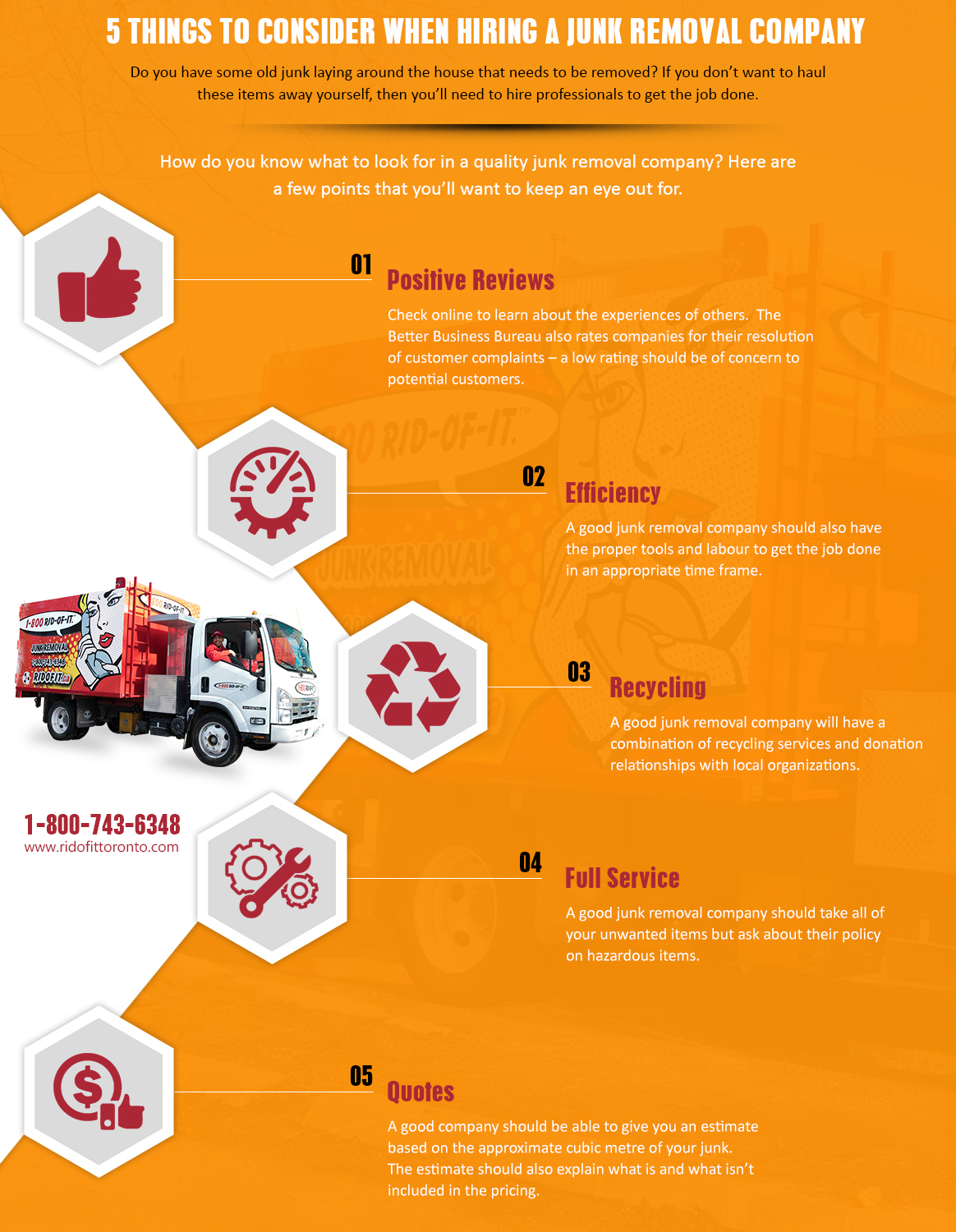Learn How To Choose The Optimal Dumpster Dimension For Your Project To Make Best Use Of Performance And Reduce Prices With This Comprehensive Overview
Learn How To Choose The Optimal Dumpster Dimension For Your Project To Make Best Use Of Performance And Reduce Prices With This Comprehensive Overview
Blog Article
Material Create By-Ellington Snider
When starting a job that calls for a dumpster, the dimension you choose can substantially impact its performance and cost-effectiveness. Imagine having relevant webpage that fits all your waste without being excessively large or as well tiny. It all starts with comprehending the subtleties of your job and choosing a dumpster size that aligns with your specific requirements. So, prior to you decide, take into consideration the aspects at play to guarantee a seamless waste administration procedure from start to finish.
Aspects to Think about
When choosing the ideal dumpster dimension, there are several essential factors to think about.
Initially, think about the type of waste you'll be disposing of. Different products may need differing quantities of room, so understanding what you'll be putting in the dumpster is vital.
Next off, evaluate the amount of waste you anticipate to generate. If you ignore the quantity, you may require to make several journeys to throw away whatever, which can be bothersome and costly. On the other hand, renting out a dumpster that's too big can bring about unneeded expenses.
Additionally, take into consideration the area where the dumpster will certainly be put. Make sure there's enough room for the dumpster to be provided and grabbed with no obstructions.
Lastly, think about any weight restrictions that may use. Surpassing the weight restriction can cause extra fees and even the refusal of service.
Dumpster Size Alternatives
For picking the right dumpster dimension, it's essential to have a good understanding of the offered alternatives. Dumpster sizes typically vary from 10 to 40 cubic backyards, with variants in between.
Highly recommended Internet site -yard dumpster is suitable for little tasks like a garage cleanout or a little restoration. If you're taking on a medium-sized task such as a kitchen area remodel or a cellar cleanout, a 20-yard dumpster could be the best choice.
For bigger tasks like a whole-house restoration or industrial construction, a 30 or 40-yard dumpster could be preferable to fit the volume of waste created.
When choosing a dumpster size, think about the quantity and kind of debris you anticipate to take care of. It's better to select a somewhat bigger size if you're unclear to prevent overfilling. Remember, it's more affordable to lease a dumpster that fits your requirements instead of needing to purchase an additional one.
Matching Size to Task
Ideally matching the dumpster dimension to your job is critical for effective waste monitoring. To determine the best dimension, take into consideration the range and nature of your project.
For little family cleanouts or renovations, a 10-yard dumpster may be enough. These are usually 12 feet long and can hold about 4 pickup truck loads of waste.
For rent a dump like redesigning multiple spaces or clearing out a big estate, a 20-yard dumpster may be better. These are around 22 feet long and can hold roughly 8 pickup truck lots.
If you're dealing with a major building and construction task or commercial restoration, a 30-yard dumpster could be the most effective fit. These dumpsters have to do with 22 feet long and can suit about 12 pickup lots of debris.
Matching the dumpster dimension to your task ensures you have sufficient room for all waste materials without overpaying for unused capacity.
Conclusion
In conclusion, picking the ideal dumpster dimension for your job is critical for reliable garbage disposal. By considering elements like the type and amount of waste, area availability, weight limitations, and budget constraints, you can guarantee you have the ideal size dumpster for your requirements. Ensure to match the dimension of the dumpster to the extent and nature of your task to stay clear of overspending on unnecessary expenses.
